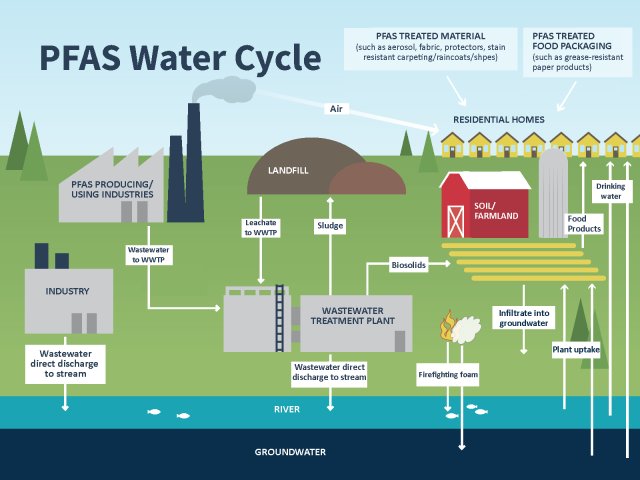Anesthetic Gas And Everest: A Controversial Speed Climbing Attempt

Table of Contents
The Controversial Use of Anesthetic Gas at High Altitude
The purported benefits of using anesthetic gas during a high-altitude climb like Everest are centered around reduced fatigue and enhanced endurance. Proponents suggest that the gas could mask the effects of altitude sickness and allow climbers to push their physical limits further, leading to faster ascent times. However, the potential dangers significantly outweigh any perceived advantages.
The risks associated with using anesthetic gas at extreme altitude are substantial and largely unknown. These include:
- Impaired judgment and decision-making: The altered state of consciousness induced by anesthetic gases can severely impair a climber's ability to make critical decisions, increasing the risk of accidents and errors in judgment. This is particularly dangerous at high altitude, where even minor mistakes can have life-threatening consequences.
- Increased risk of altitude sickness (HACE, HAPE): Anesthetic gases may mask the symptoms of altitude sickness, such as headache, nausea, and shortness of breath, delaying crucial interventions and increasing the risk of developing life-threatening conditions like High Altitude Cerebral Edema (HACE) and High Altitude Pulmonary Edema (HAPE).
- Unpredictable physiological responses at extreme altitude: The interaction between anesthetic gases and the body's already stressed physiological response to extreme altitude remains largely unstudied. Unexpected and potentially dangerous reactions are a significant concern.
- Potential long-term health consequences: The long-term effects of anesthetic gas exposure at high altitude are unknown. Permanent damage to various organ systems is a possibility.
Critically, there is a significant lack of scientific research on the effects of anesthetic gas at extreme altitudes. The ethical implications of employing such an untested methodology on a challenging climb like Everest are considerable.
Ethical Considerations and the Spirit of Mountaineering
The ethical implications of prioritizing speed over safety are central to the debate surrounding anesthetic gas Everest speed climbing. This approach fundamentally alters the established norms of mountaineering, which traditionally emphasize careful acclimatization, respect for the mountain, and a commitment to safety.
Beyond individual risk, the use of anesthetic gas raises concerns about:
-
Environmental impact: The increased frequency of expeditions, potentially facilitated by such methods, could exacerbate the existing environmental problems on Everest.
-
Impact on the Sherpa community: Sherpas, who play a crucial role in supporting Everest expeditions, bear a disproportionate share of the risks. Speed climbing further increases these risks.
-
Fairness in mountaineering competitions: The use of performance-enhancing substances like anesthetic gas creates an uneven playing field, undermining the spirit of fair competition.
-
Normalization of risky practices: If successful, this approach could set a dangerous precedent, normalizing the use of risky substances and prioritizing speed over safety in future expeditions.
-
Is it ethical to jeopardize one's health for a faster ascent?
-
Does using anesthetic gas diminish the achievement?
-
What responsibilities do climbers have to their support teams?
The Speed Climbing Phenomenon and its Risks
The trend of speed climbing on Everest is growing, fueled by competitive pressures and the pursuit of records. However, even without the use of anesthetic gas, speed climbing carries significant inherent dangers:
- Increased risk of falls and accidents: The expedited timelines leave less margin for error, increasing the chances of falls and accidents.
- Limited time for acclimatization: Rapid ascents minimize the crucial acclimatization period, heightening the risk of altitude sickness.
- Higher chances of developing altitude sickness: The body's ability to adapt to the extreme altitude is compromised by the rapid ascent.
Traditional mountaineering approaches emphasize slow, gradual acclimatization, allowing the body to adjust to the decreasing oxygen levels. Speed climbing directly contradicts this principle, prioritizing speed over safety.
The Role of Technology in High-Altitude Mountaineering
Technology plays an increasingly significant role in high-altitude mountaineering, offering both safety enhancements and performance-boosting capabilities. GPS tracking, satellite communication, and advanced oxygen systems have improved safety. However, the ethical implications of using technology to enhance performance remain a complex issue. While some technological advancements increase safety and efficiency, others, like the potential use of anesthetic gases, raise serious ethical concerns. The potential benefits and drawbacks of such advancements must be carefully considered.
Regulatory and Safety Aspects of Everest Expeditions
Current regulations governing Everest expeditions vary, and their effectiveness in addressing emerging challenges like anesthetic gas Everest speed climbing is questionable. There's an urgent need for stricter regulations to specifically address the use of potentially dangerous substances. The roles and responsibilities of expedition organizers and governing bodies need to be clarified and strengthened.
- Current regulations regarding oxygen supplementation: Current regulations primarily focus on oxygen supplementation, not on the addition of other substances.
- Potential for future regulations concerning the use of anesthetic gases: The recent event necessitates a review and update of existing regulations to explicitly prohibit the use of anesthetic gases.
- The need for increased safety protocols: Comprehensive safety protocols and stricter monitoring are vital to mitigate the risks associated with high-altitude climbing.
Conclusion
The use of anesthetic gas in a speed climbing attempt on Everest underscores significant safety, ethical, and future-of-mountaineering concerns. While technology continually pushes the boundaries of human achievement, prioritizing safety and responsible practices is paramount. The debate surrounding anesthetic gas and Everest speed climbing highlights the urgent need for stronger regulations and a renewed commitment to ethical considerations in the mountaineering community. We must question if prioritizing speed truly reflects the spirit of exploration and respect for the mountain. Let's ensure future Everest expeditions prioritize responsible climbing practices, leaving the use of anesthetic gas for Everest speed climbing firmly in the past.

Featured Posts
-
 Ovechkin Noviy Rekord Po Golam V Pley Off N Kh L
May 15, 2025
Ovechkin Noviy Rekord Po Golam V Pley Off N Kh L
May 15, 2025 -
 2026 Bmw I X Analyzing The Potential Of A Leading Electric Vehicle
May 15, 2025
2026 Bmw I X Analyzing The Potential Of A Leading Electric Vehicle
May 15, 2025 -
 Analisis Del Partido Olimpia Derrota A Penarol 2 0
May 15, 2025
Analisis Del Partido Olimpia Derrota A Penarol 2 0
May 15, 2025 -
 Nine Times The Safe Limit Pfas Found In Blue Mountains Water Supply
May 15, 2025
Nine Times The Safe Limit Pfas Found In Blue Mountains Water Supply
May 15, 2025 -
 Rays Complete Sweep Of Padres Tampa Bay Dominates San Diego In Series
May 15, 2025
Rays Complete Sweep Of Padres Tampa Bay Dominates San Diego In Series
May 15, 2025
